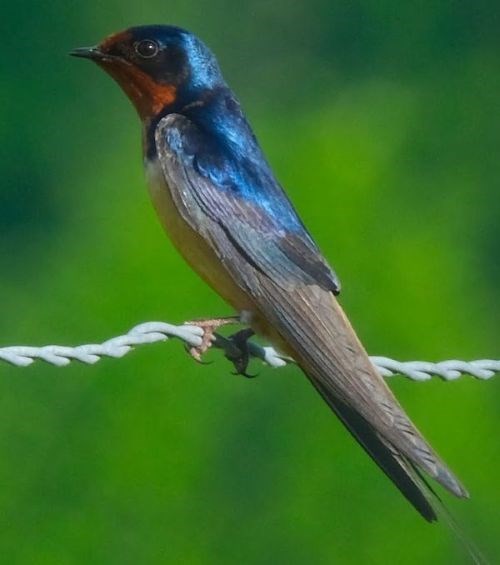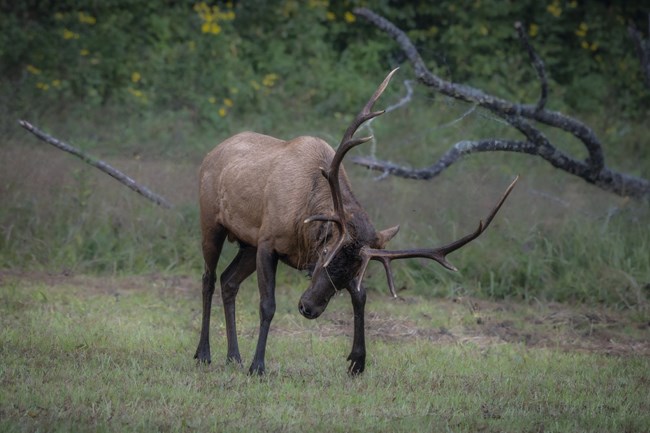
Betty Blanton Help Protect Park WildlifeWhile you’re in the park, protect yourself, wildlife, and others. Wild animals can be unpredictable and dangerous. To protect yourself and the wildlife you come to watch, always remain at least 50 yards (150 feet) from bears and elk, or any distance that changes an animal's natural behavior due to your presence. It is illegal to feed, touch, tease, frighten, or intentionally disturb wildlife. Violations can result in fines or arrest. Don’t be the reason for an animal's deathFeeding wildlife—even squirrels and birds—can seem harmless, but it often leads to serious consequences. Animals that associate people with food may lose their natural fear, becoming aggressive, dependent, or more likely to be hit by cars. Sadly, some animals may have to be euthanized because of their learned behavior. Getting too close for a photo is just as risky. Approaching wildlife teaches them that humans aren’t a threat, which puts both animals and people in danger. If an animal comes near, back away slowly and return to your vehicle if possible. If your presence changes an animal’s behavior, you’re too close. Give all wildlife the space they need to stay wild. 
Paul Driessche Keep yourself and wildlife safe
Tips for Viewing WildlifeThe dense forests of the Smokies can make wildlife viewing a challenge. Be patient—wildlife can appear anywhere in the park at any time. Best Spots to View Wildlife
Best Times to View Wildlife
Additional Tips
Explore Photos of Iconic Smokies Wildlife |
Last updated: October 21, 2025
